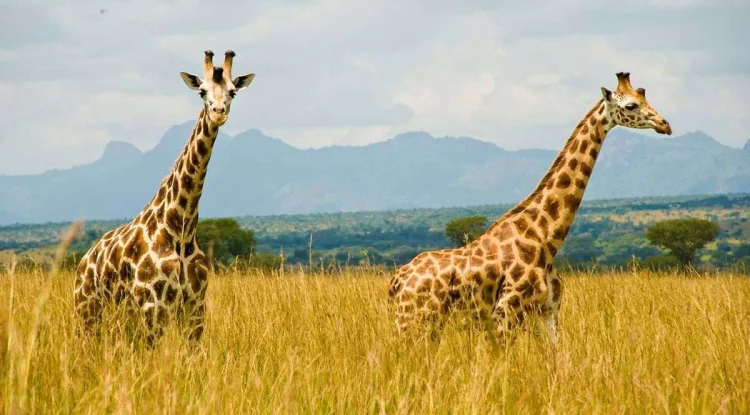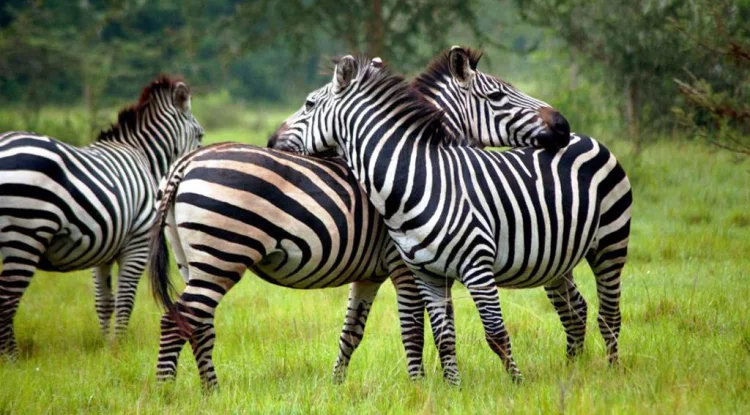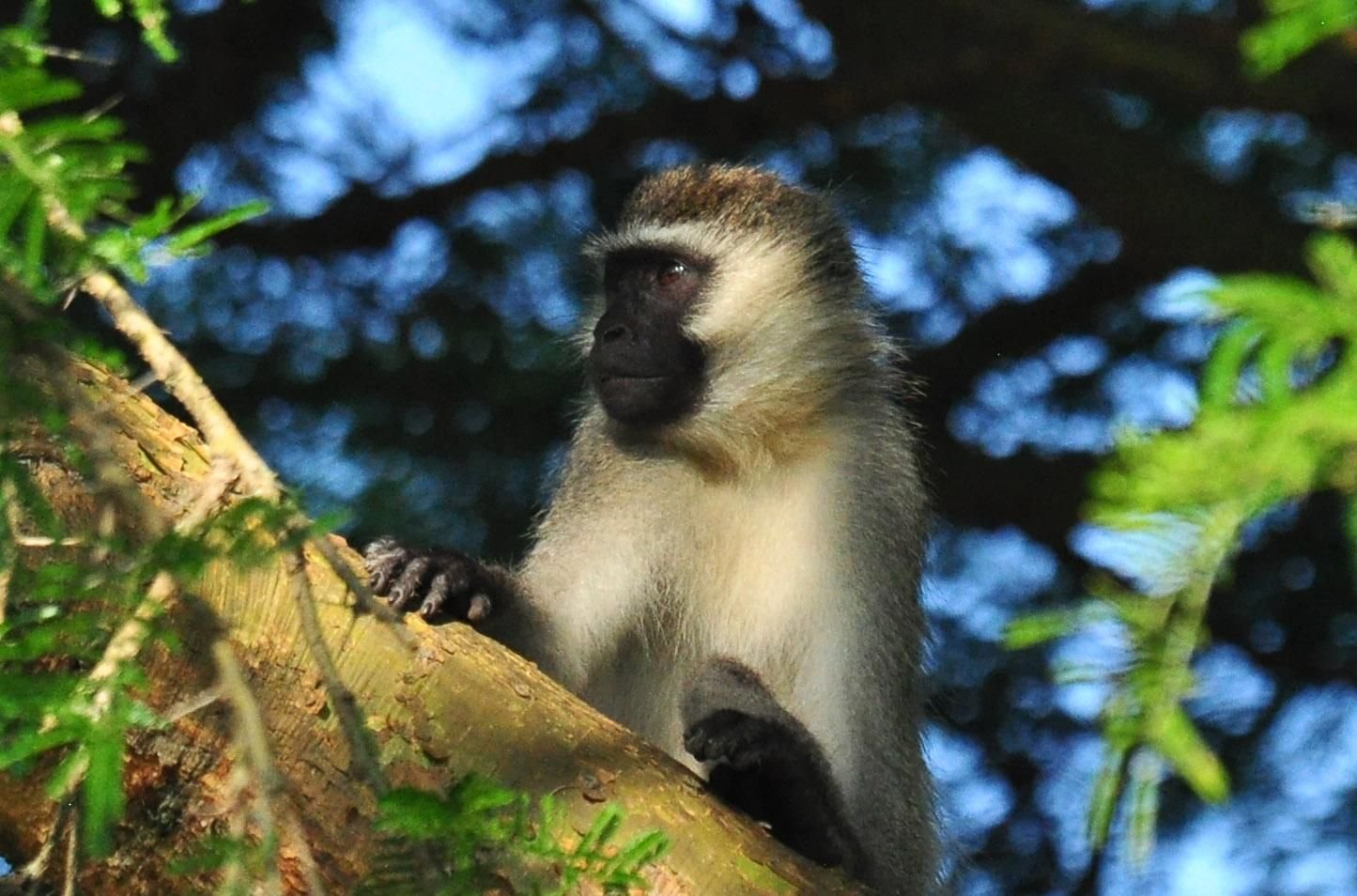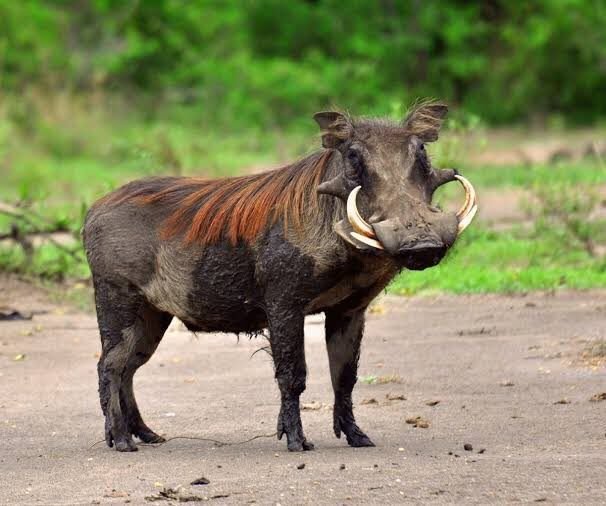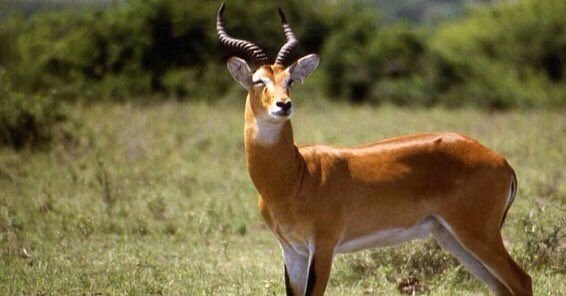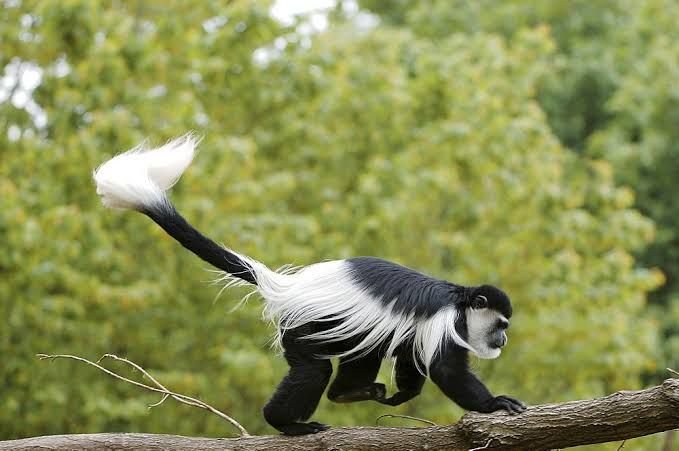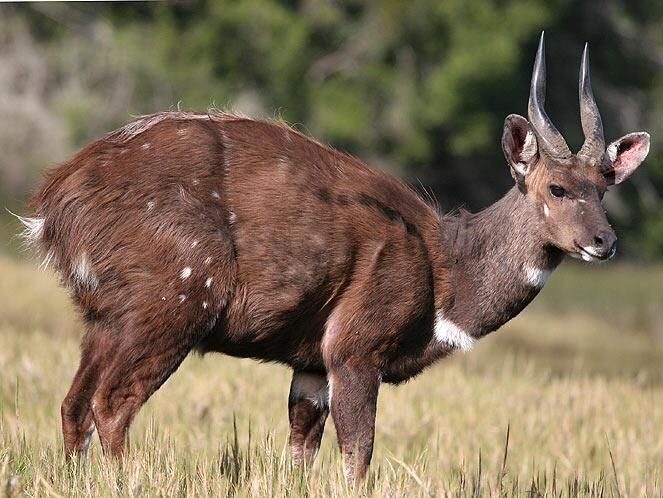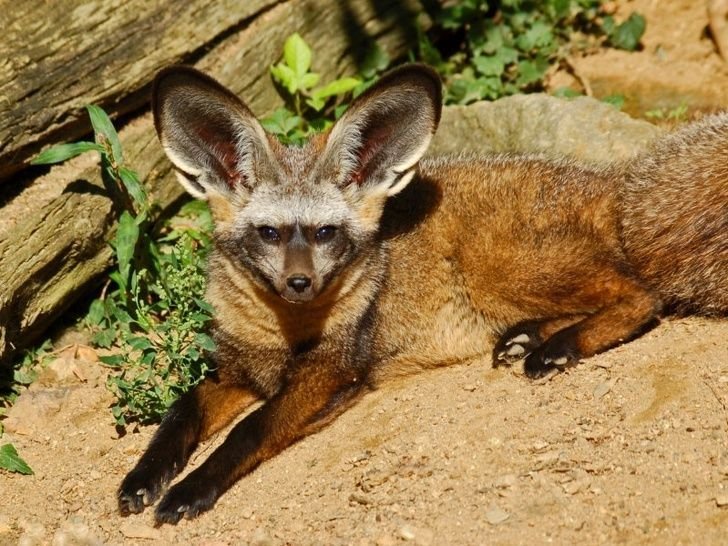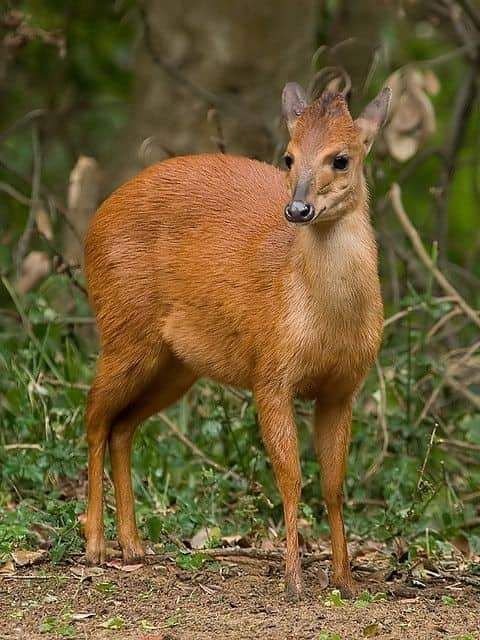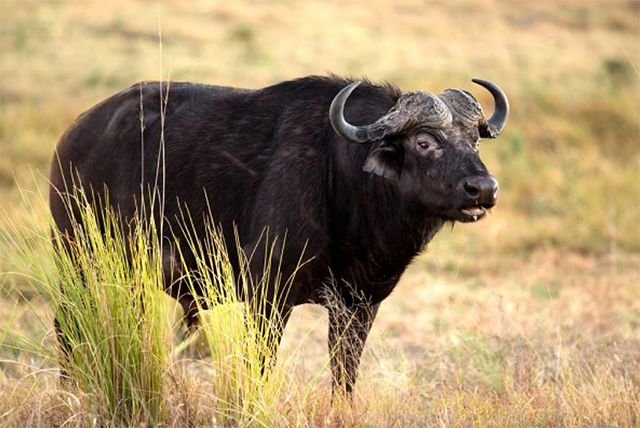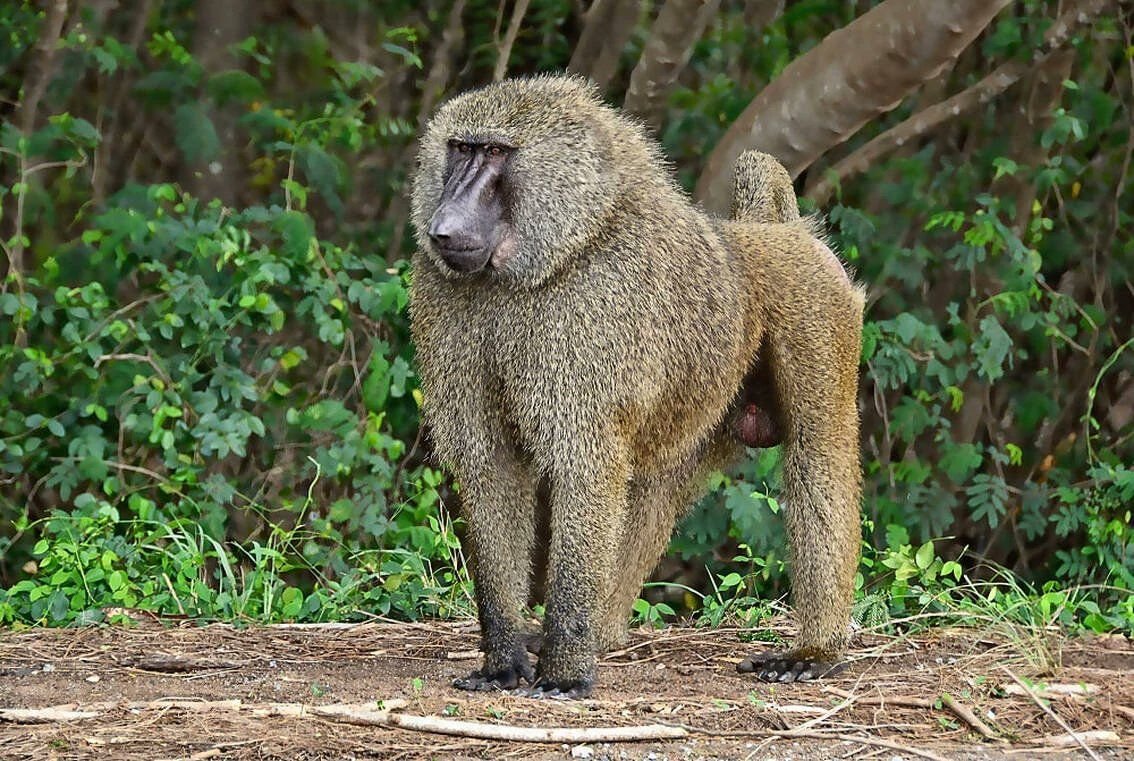Serval Cat
The Serval (Leptailurus serval) has the biggest ears of any wild cat compared to its body size. The serval cat was spotted in Bwindi Impenetrable National Park in southwestern Uganda, and in 2013 it was confirmed there.
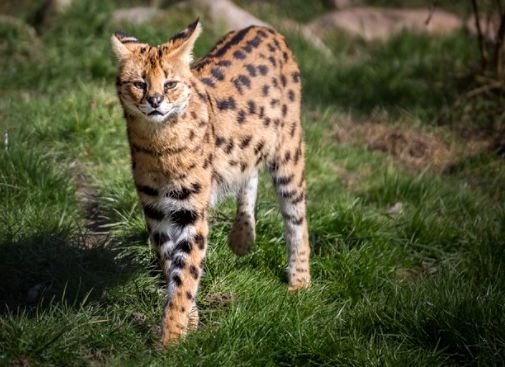
The serval, or Leptailurus serval, is an African wildcat. It is rare in North Africa and the Sahel, but it is common across the rest of Africa south of the Sahara, with the exception of the rainforests.
In 1765, Georges-Louis Leclerc, Comte de Buffon, gave the name "serval" to a spotted cat at the Royal Menagerie at Versailles. The name comes from the Portuguese word for "lynx," "lobo-" cerval, which is derived from the Latin word for "wolf," "lupus cervarius."
In scientific terms, there is just one other Leptailurus in the world. There are three recognised subspecies. The serval is a slim, medium-sized cat that measures between 54 and 62 centimetres (21 and 24 inches) at the shoulder and weighs between 9 and 18 kg (20–40 lb). It has a small head and huge ears, a coat that ranges from golden to buff with black markings, and a short tail that ends in a black tip. The serval has the longest legs of any cat based on the size of its body.
The serval is a medium-sized, lean cat that measures between 54 and 62 centimetres (21 and 24 inches) at the shoulder and weighs between 8 and 18 kilogrammes (18 and 40 pounds), with females often being lighter than their male counterparts. Usually, the total length (head and body) is somewhere between 67 and 100 cm (26–39 in). Males are typically more robust than females. The short, stocky body, huge ears, spotted and striped fur, lengthy legs, and short tail with a black tip are all prominent features. The serval has the longest legs of any cat in relation to its body size because its metatarsal bones have grown very long. The toes are also extraordinarily lengthy and flexible.
Behaviour of Serval Cats.
The serval is active at all hours, but is most likely to be seen in the early morning, at dusk, and at midnight. During the cooler months or after a rainstorm, servals may stay active for longer. They seek shelter from the sun in the coolness of the daytime by hiding in the grass and bushes. Even when there are no huge carnivores or prey animals in the area, servals will still be wary of their surroundings. Servals can travel between 2.4 and 3.2 kilometres (or 1.14 to 2.2 miles) every night on their nocturnal strolls. Servals will frequently use well-worn paths to get to their preferred hunting grounds, servals will frequently use well-worn paths. Servals are mostly solitary animals, though pairs of opposing sexes may stick together during mating season. It seems that only the link between a mother and her pups, which lasts until the cubs are a year old, is truly permanent.
The cat will raise its hair and tail, show its teeth and the white band on its ears, raise its voice, and yowl in an agonised manner when it is distressed. People leave urinal spray on plants, scats as they travel, and spit trails by rubbing their mouths on grass and the ground.
Serval Cat Reproduction
Children of both sexes reach sexual maturity between the ages of one and two. Oestrus lasts for one to four days in females and happens once or twice yearly, sometimes more frequently if the mother has a high rate of litter loss.
Kittens typically have one to four babies after a two-to three-month gestation period. The birthing process occurs in quiet settings, such as dense foliage or abandoned burrows of aardvarks and porcupines.
Usually, between day 9 and day 13, the eyes open. A month after giving birth, the mother begins weaning her kittens by bringing them tiny kills and calling out to them as she approaches the "den."
When the mother cat senses danger, she moves each of her kittens to a safer location. Kittens will begin to tag along with their mother on hunts after a short while. By the time they are 12 months old, the young have left their mothers' breasts and have grown their permanent canines.
The Serval Cat's Diet
The serval is mostly a carnivore. It eats small mammals like vlei rats, birds, frogs, insects, and reptiles. It also consumes grasses that aid digestion or cause vomiting. Even though 90% of its victims are less than 200 g (7.1 oz), it occasionally hunts duikers, hares, flamingos, and young antelopes. It is thought that between eighty and ninety-seven percent of the diet consists of rodents. Along with the vlei rat, the African grass rat, the African pygmy mouse, and the multimammate mouse have all been shown to be important food sources.
Also, they are so skilled hunters that they rarely resort to scavenging or eating the leftovers of other animals, which is not the case for many other species of wild cats.
The Best Spots in Uganda to Spot a Serval
The serval is a native African wild cat, although you won't see it very often in Uganda. You can find it all around sub-Saharan Africa, though, unless you're in a rainforest.
You won't be able to meet this wild cat if you simply stroll into the jungle. However, you may see one (and many other rare animals) at the Uganda Wildlife Education Centre in Entebbe.
What's Your Reaction?
 Like
0
Like
0
 Dislike
0
Dislike
0
 Love
0
Love
0
 Funny
0
Funny
0
 Angry
0
Angry
0
 Sad
0
Sad
0
 Wow
0
Wow
0





























